Does Paisley deserve to be City of Culture?
- Published
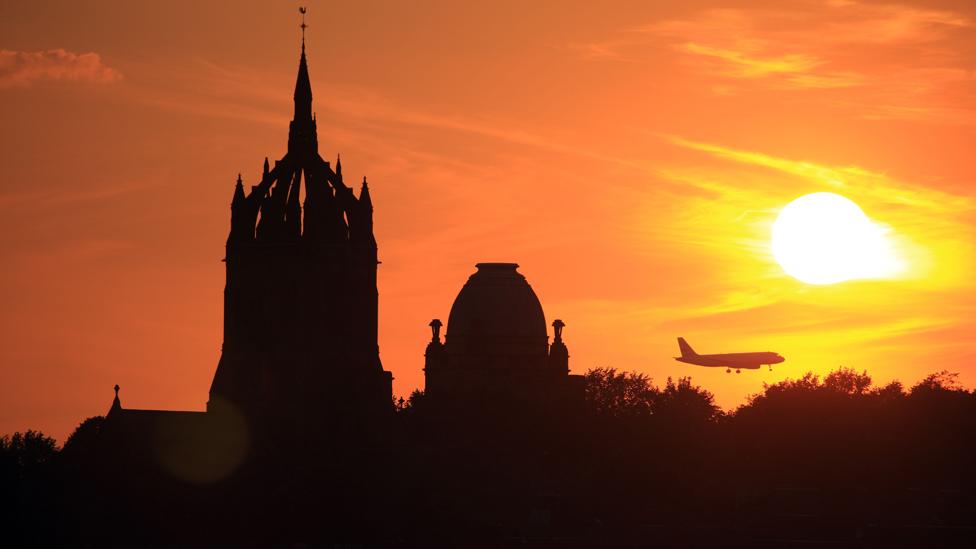
In 2021 the UK will get its third City of Culture. Paisley is one of six cities hoping to kick-start regeneration through culture.
Paisley used to be a wealthy place, though to look at the town's High Street you wouldn't believe it.
It boasts an M&S and a WH Smith and a handful of other chain stores among the charity shops, but precious few shoppers. Half the shop fronts stand empty.
Yet at one end there's a fine neoclassical town hall and an equally fine medieval abbey church, and an imposing war memorial featuring a mounted crusader knight and steel-helmeted tommies. Up the hill at the top end is a handsome museum.
Nick Higham visits Paisley in Scotland, bidding to become City of Culture.
Paisley was once a place of global consequence, and these reminders of its rather splendid past are at the heart of the town's bid to become UK City of Culture in 2021. (It is not in fact a city, but the competition run by the Department of Culture, Media and Sport is open to any large urban area.)
The wealth came from weaving and textiles. In the 18th Century Paisley weavers were among the most skilled in Europe, creating delicate patterns on silk gauzes, and later cotton. In the 19th Century they turned their attention to making shawls with immensely intricate designs based on Kashmiri originals, and the Paisley pattern was born. They were also highly cultured - the weavers included noted gardeners, bee-keepers and musicians and more than 230 poets.
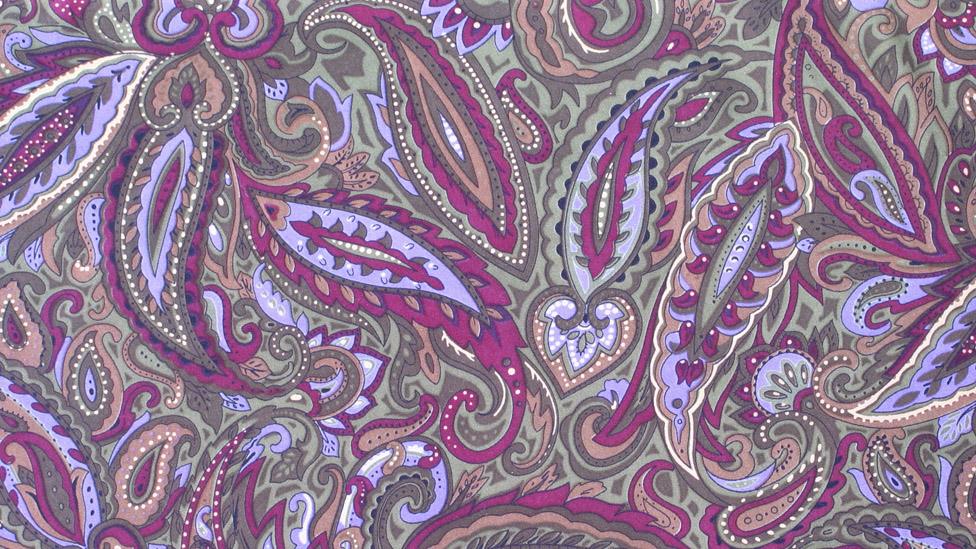
The traditional Paisley design is still popular today
Meanwhile two local families, one named Clark and the other Coats, developed huge mills and a global trade in cotton thread for sewing. The Clarks were the first to sell the stuff on a wooden reel. And until Coats took over Clarks in the 1890s the two firms vied to beautify the town. The town hall was paid for by a Clark, the museum by a Coats.
For civic leaders, the City of Culture bid represents a chance to capitalise on this impressive heritage, boost arts and cultural activity in the town, encourage tourism and change the way outsiders and locals alike think of the town.
David Wallace runs Pace, one of the largest youth drama groups in Britain, from a converted church just round the corner from the High Street. "I believe it's transformational," he says of the bidding process (never mind if Paisley actually wins). "It gets pride back into the town, it attracts visitors into the town. It changes people's perceptions, and starts to change the perceptions of people who live here as well. They start to say: 'What do we have that allows us to become City of Culture?' Perhaps Paisley buddies have been slow to stand up and be proud of what they have."
"Buddies" is what Paisley people call themselves (they also call Glaswegians "Weegies"). But Paisley's steady economic decline over the past 50 years has undermined the buddies' sense of civic pride.
To help bring it back, Renfrewshire council has earmarked £22m. Half a million of that is going into a "creative fund" to support local arts and heritage initiatives. Much of the rest is going towards an ambitious £56.7m scheme to upgrade Paisley museum.

Dr Dan Coughlan is the museum's curator of textiles. A former handloom weaver, he pitched up in the west of Scotland from Ireland many years ago and never left after discovering Paisley's formidable textile heritage.
He can still turn his hand to a bit of weaving on the 18th and 19th Century looms in the museum's collection. But he's also responsible for around 1,200 Paisley shawls, the surprisingly large cotton squares that Victorian women wrapped around themselves to keep the chill out. And locked away in a fireproof safe are priceless pattern books full of astonishingly complex and bright hand-painted Paisley pattern designs.
"Using these historical objects we're going to extend the museum and build a weaving studio or textile studio which will tell the story in far greater depth than it's been told before," he told me.
For Mark Macmillan, the council leader, all this adds up to a more than credible City of Culture package. "There is a spark about this," he told me when I interviewed him in the imposing abbey church - an event of sufficient importance in Paisley for our chat to have been recorded by a photographer and reporter from the local paper.
"This isn't just some sort of abstract regeneration initiative by the council or by the public sector. The town's coming together and the community is right behind it."

Psychedelic design - how Paisley went rock'n'roll
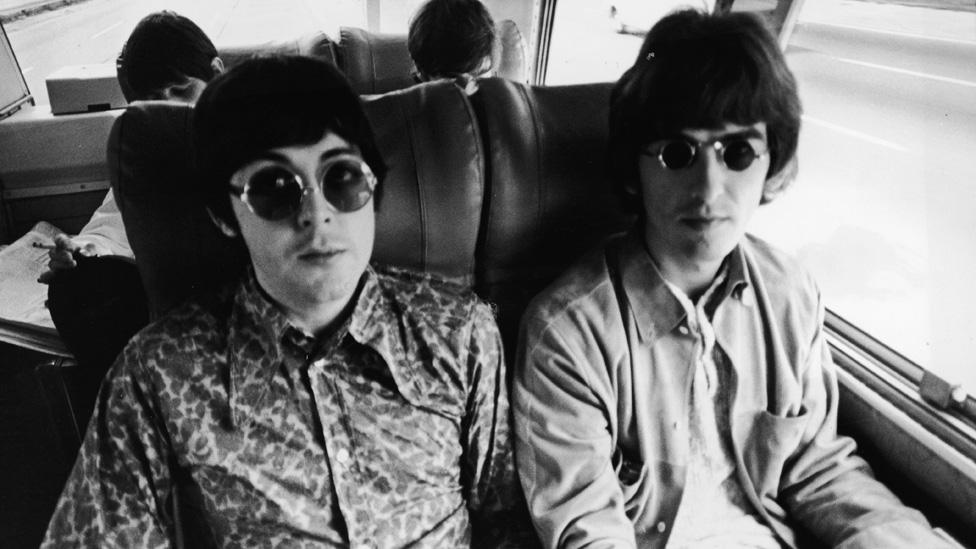
Original paisley design is based on Persian patterns and was imported to Britain by the East India Company
By 1860 the weavers of Paisley in Scotland could create shawls in fifteen colours on their advanced looms
The Beatles (pictured above) started wearing paisley print in 1966. Soon the pattern had a reputation for psychedelia
Fender guitars produced a pink paisley Telecast guitar, by pasting wallpaper to guitar bodies
In 1985 Prince paid homage to the Summer of Love with his new recording company Paisley Park Records and the song "Paisley Park"

But not all Paisley buddies are convinced. I stopped one man of about 70 in the High Street. He was well-dressed, with a nice line in repartee. "Do you come from Paisley?" I asked him. "No," he said, "I'm respectable." Paisley wants to be the UK City of Culture in 2021, I said. "You're having a laugh, aren't you?" he replied, before adding: "Look around. It's a derelict area. The Clydebank Blitz was in a better state than this. Before you can go for City of Culture you've got to freshen up the place."
The Ferguslie Park estate on the outskirts illustrates some of the problems. It's one of the most deprived neighbourhoods in Scotland. There's a modern community centre and much of the housing stock is new. But there are also streets full of older houses, many of them boarded up with gardens full of abandoned furniture.
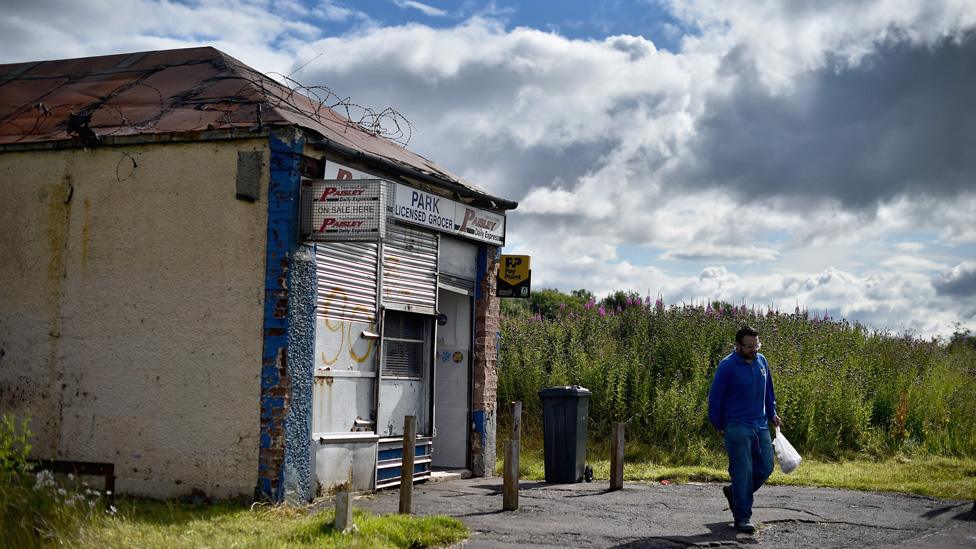
Emma Richardson is a local community worker, and part of the team behind the City of Culture bid. "There's no question there are issues that the community here is facing," she told me. "There are housing issues, there is unemployment, there are health issues and well-being issues. But you have to take a long-term approach - we also see great improvements in aspiration and the way people are choosing to live."
The bid is a way to harness those aspirations, she says, "so people dream bigger and want more."
One man who doesn't need convincing is Chic O'Connor, a local singer-songwriter. A few years ago he founded the Paisley Songwriters Guild.
Paisley's musical heritage is impressive. Gerry Rafferty, the man who wrote Baker Street, came from Paisley. So did Jill Jackson, who sings a kind of Scottish alternative country music. She was at school with David Sneddon, who won the first series of Fame Academy in 2002 and is now a successful songwriter.

Paisley's Paolo Nutini at Radio 1's Big Weekend
And everyone talks about Paolo Nutini, "arguably Scotland's biggest musician," according to the BBC's Newsbeat. His parents still run a cafe just off the High Street.
O'Connor is all in favour of the City of Culture bid, though he'd like it to leave a tangible legacy, like the stadiums and athletes' villages spawned by an Olympics. "I would like to see some sort of artists' hub in Paisley that would be the focus during the City of Culture period and would still be open after it was finished," he says.
He is also a Scottish Nationalist, and you might expect a committed nationalist to be wary of an explicitly UK-wide project like the City of Culture scheme. Not a bit of it.

Chic O'Connor founded the Paisley Songwriters Guild
"Personally my wishes would be that we could be an independent nation in 2021 looking after our own affairs," he says. "But if you're still in the marriage then you make the best out of it that you can." His views are echoed by Brian Lawson, leader of the SNP group on the Labour-controlled council, who assured me the council was united behind the bid.
So Paisley has plenty of heritage, and a busy contemporary arts, music and performance scene. What it currently lacks is much in the way of hotels and restaurants to cater for the visitors a successful City of Culture bid would attract. But perhaps they can persuade a few pop-up restaurateurs to take over some of those empty shop fronts in the High Street.

More from the Magazine
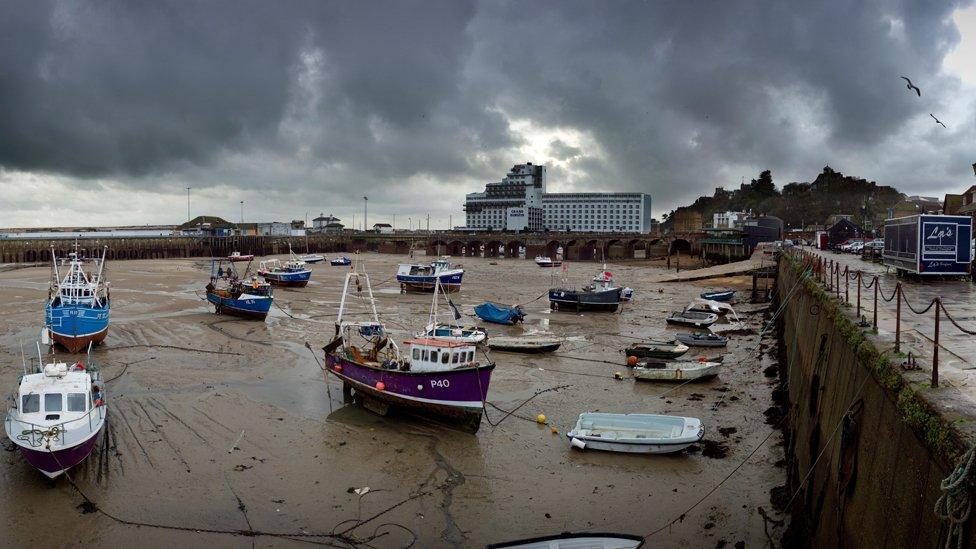
Having been a model of gentility, Folkestone went into a slump. But its efforts to combat its problems through an arts revival might be a model for others.

Subscribe to the BBC News Magazine's email newsletter to get articles sent to your inbox.